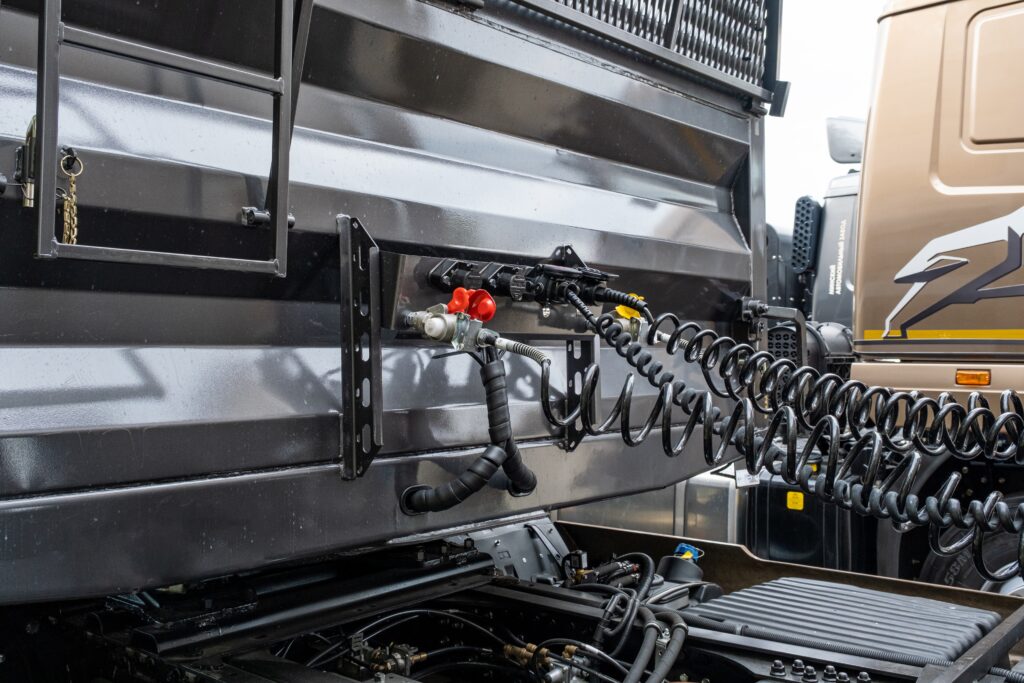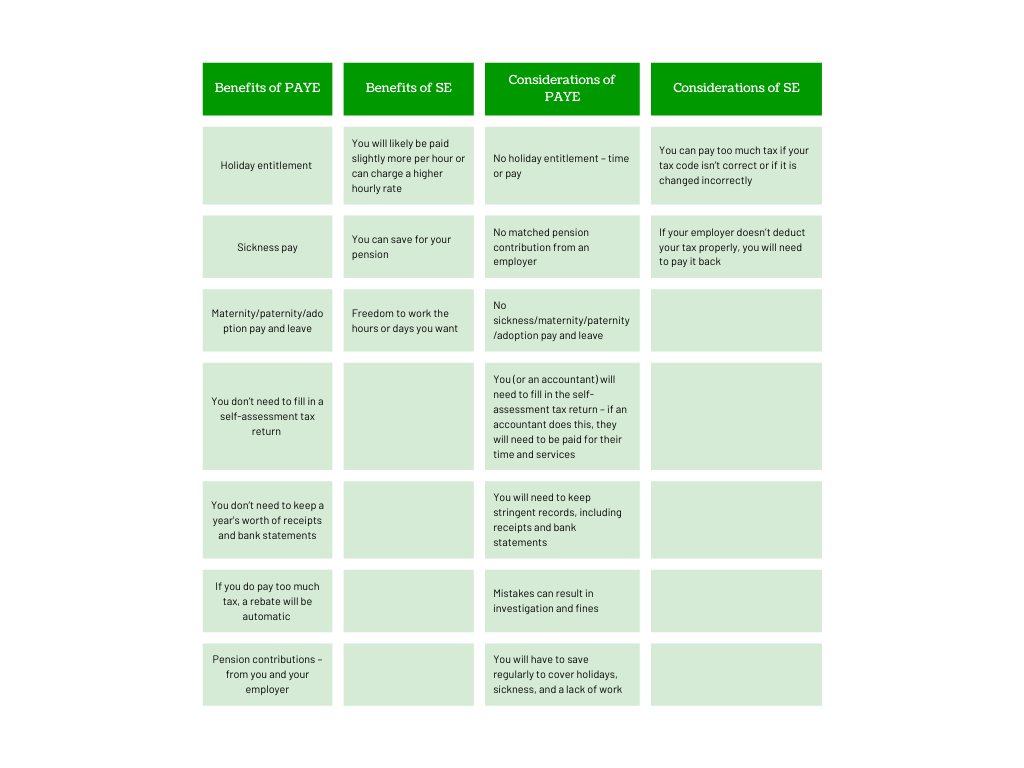Whether you’re in charge of a supermarket logistics chain or carry dangerous goods across the country for a living, you need to stay up to date with your vehicle’s MOT history. But why does an HGV require an MOT, and how do you check that it has a valid MOT pass certificate?
This handy blog written by our HGV training specialists explains all there is to know about HGV MOTs and how you go about keeping track of your vehicle maintenance history.
Continue reading to find out more!
Why do HGVs require an MOT test?
HGVs need a yearly MOT to test their roadworthiness and ensure they continue to meet crucial safety regulations. MOTs play an important role in preventing road accidents, injury and even fatalities – an HGV without an MOT certificate or an expired one can result in fines and even the loss of your professional licence.
As well as accident prevention, regular MOT checks can help save you money down the line. If any problems are found during an MOT check, you can have them fixed before they develop into hefty repairs that don’t come cheap.
Additionally, MOT inspections and frequent maintenance can boost the efficiency of your large vehicle, often leading to lower fuel consumption and a greater lifespan.
Did you know – at the HGV Training Network, we can match you to your perfect job after qualifying thanks to our recruitment partner Blue Arrow? Call us on 0800 254 5007 for more details.

When do I need to get an HGV MOT?
Like cars or large public service vehicles, HGVs require frequent MOT testing.
Also known as an annual test, HGVs must be tested every 12 months – the first test should be a year after the vehicle was initially registered with the Driver and Vehicle Licensing Agency (DVLA).
Enforcing HGV MOTs is done through roadside stops and visits to companies that operate large heavy goods vehicles. What’s more, the National ANPR Service can be used by the DVSA to identify HGVs without MOTs, which consists of a network of road cameras across the UK.
Does my large vehicle need an MOT?
Heavy goods vehicles are required to get an annual MOT test if they meet the following GOV criteria:
- HGVs with a gross weight that exceeds 3,500kg
- Vehicles that form part of an articulated vehicle
- Horseboxes with a gross weight of 3,500kg or above
- ‘A’ frame trailers and converter dollies made on or after 1 January 1979
- Trailers with an unladen weight exceeding 1,020kg with powered braking systems
- Semi-trailers

What will be examined during an HGV MOT check?
Your HGV and trailer MOT check will be conducted at an authorised testing facility (ATF) by a qualified assessor who will test your commercial vehicle to ensure it meets DVSA standards. You can find a list of approved authorised MOT testing facilities by visiting GOV.UK.

What will be examined during an HGV MOT?
If your HGV is deemed to be in roadworthy condition, you’ll receive a digital MOT pass certificate from the inspector as proof of your check.

How can I check my HGV MOT status?
Checking your HGV’s MOT history has never been easier – all you have to do is visit https://www.check-mot.service.gov.uk/. Simply type in your vehicle’s registration number to check its current MOT status and download previous MOT certificates if needed.
This digital service is a simple and convenient way to maintain roadworthiness and guarantee you have a valid MOT certificate that’s up to date.
Cost of HGV MOT checks
MOT tests for different vehicles vary in cost – typically, the number of axles and axle weights determine how much the MOT check will cost, and how long it will take.
For example, an MOT for a 2-axle HGV will cost £91 (at the time of writing) and take around 40 minutes to complete. Whereas a larger 4+ axle HGV will cost £137 and last for 55 minutes.
For a quote, it’s best to get in touch with your nearest authorised testing facility.

Speak with HGV Training Network today
Interested in becoming a HGV driver?
We’re HGV training experts and specialise in equipping trainee drivers with the skills and knowledge they need to earn their HGV licence and driver CPC.
At the HGV Training Network, we offer competitive rates and flexible financing payment options, so you never need to worry about funding your new career.
Get in touch with our team today on 0800 254 5007 and they’ll be in touch as soon as possible to assist you with your query or book you on to one of our courses.









































